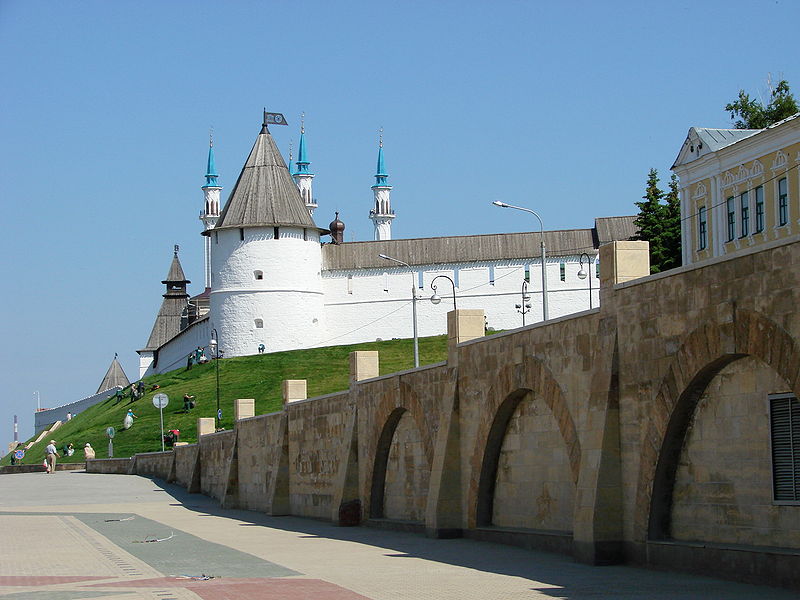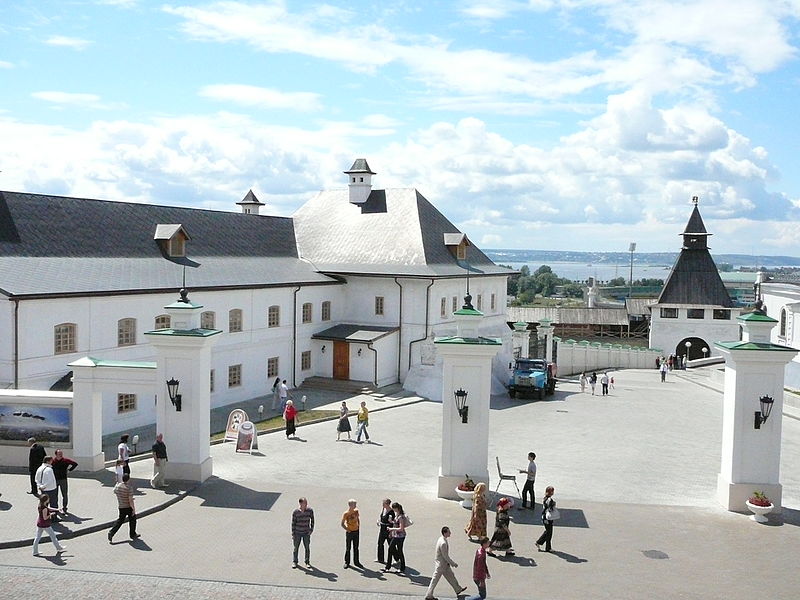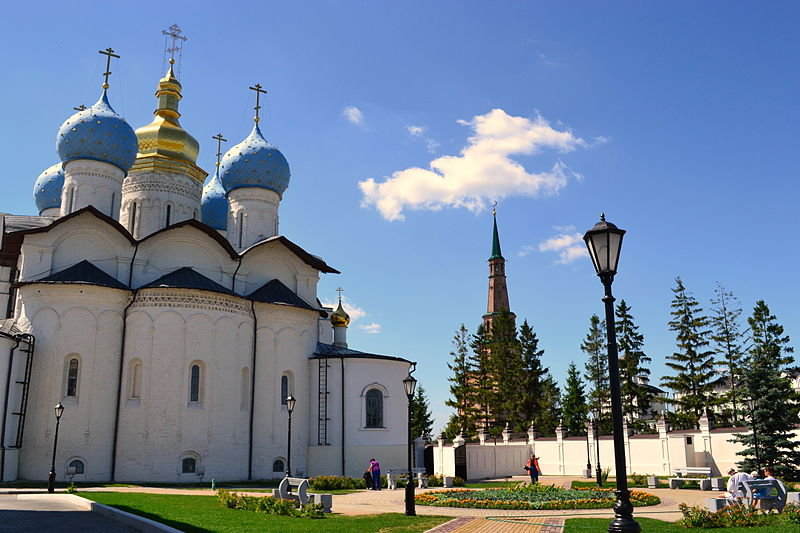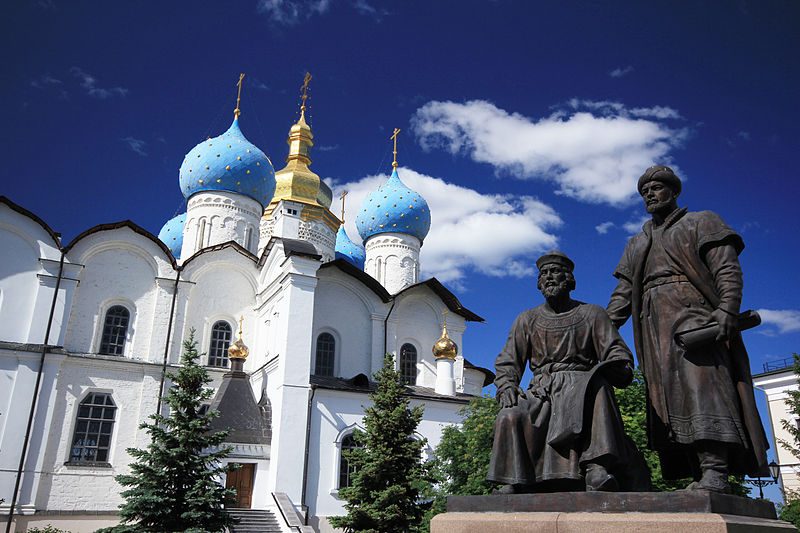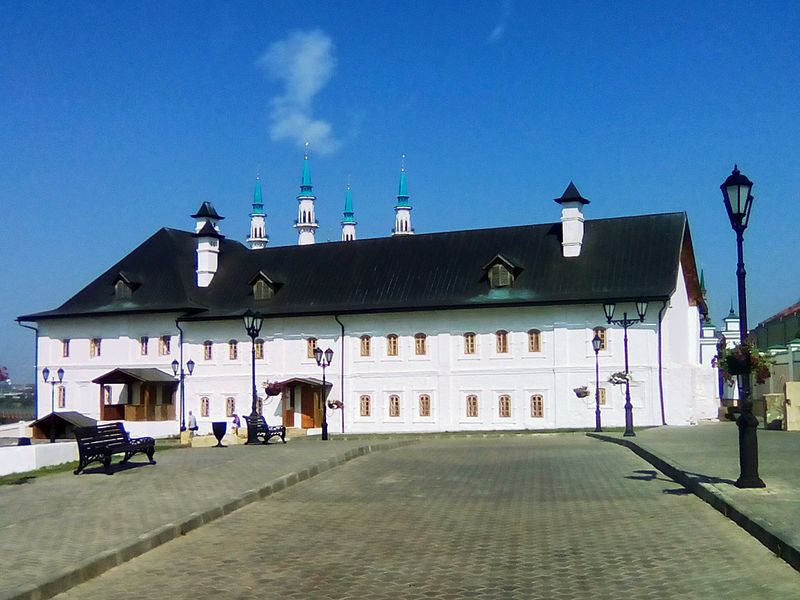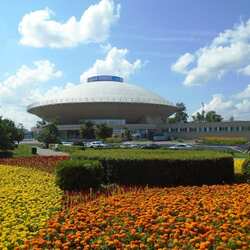Kazan Kremlin
The Kazan Kremlin is one of the oldest sights of the Tatarstan capital, founded back in the 12th century. Nowadays, the residence of the President of the Republic of Tatarstan is located here, as well as many other administrative and cultural facilities. Since 2000, it has been listed as a UNESCO World Heritage Site.
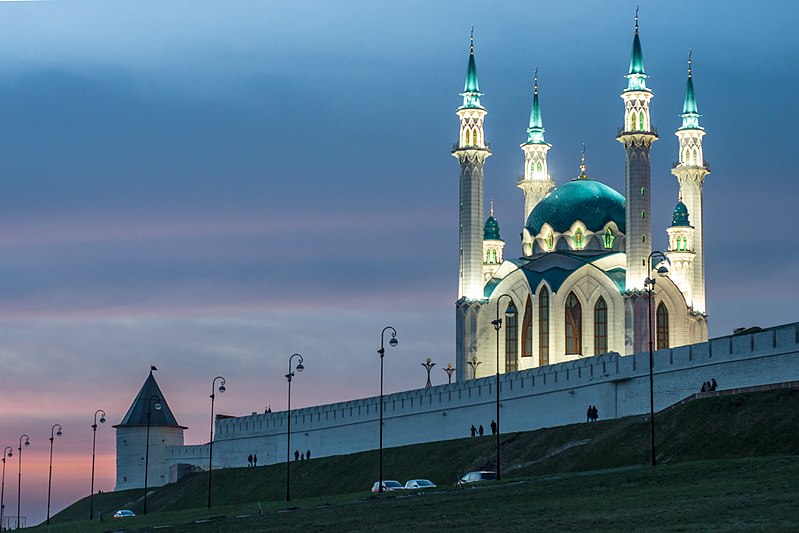
Researchers cannot agree on when the first fortifications were built at the confluence of the Volga and Kazanka Rivers. Someone says that the fortification appeared in the 10th century, someone in the 12th. In 1236, the Golden Horde troops ravaged the Bulgars, 4 years later, Volga Bulgaria, like many Russian principalities, became dependent on the Horde. Many Bulgarians fled to the Kazanka River area. In 1370, Prince Bulgar -Hassan began to build a citadel in the area of the Kazan Kremlin. The citadel was a residence until 1445, when Kazan was captured by Khan Ulu-Mohammed, who soon founded the Kazan Khanate. The Khan again began to collect tribute from the Moscow Principality. At that time, the fortress was protected by oak walls up to 9 meters thick, a swampy area protected the west, and protective moats surrounded the southeastern side.
In 1552, Ivan the Terrible besieged Kazan, leaving only ruins of it. Soon, the tsar called architects from Pskov to build a white-stone kremlin. The new fortress was significantly larger than the previous one, only 6 of the 13 towers of the Kremlin were built of stone, the walls were mostly made of oak, only by the 17th century the walls were completely replaced with stone. Due to the expansion of the Russian Empire in the 18th century, Kazan lost its military function and became the cultural center of the entire Volga region.

On the site of the Kazan Kremlin, one of the striking sights of Kazan immediately catches the eye - the Kul Sharif Mosque, built based on the main mosque of the Kazan Khanate, destroyed during the siege of Kazan by the army of Ivan the Terrible. The mosque itself was named after the imam who led the defense of the city. The Annunciation Cathedral was built in the Kremlin in the 16th century under the leadership of Pskov architects Postnik Yakovlev and Ivan Shiryaev. Until 1815, the Kazan Kremlin housed the Cannon Yard, which made a huge contribution to the victory over the French in the Great Patriotic War of 1812. Now this building houses the Museum of Weapons, as well as many other museums, the Office of the President of the Republic of Tatarstan, the Khazine Art Gallery, the Arbitration Court of the Republic of Tatarstan and other government buildings.

